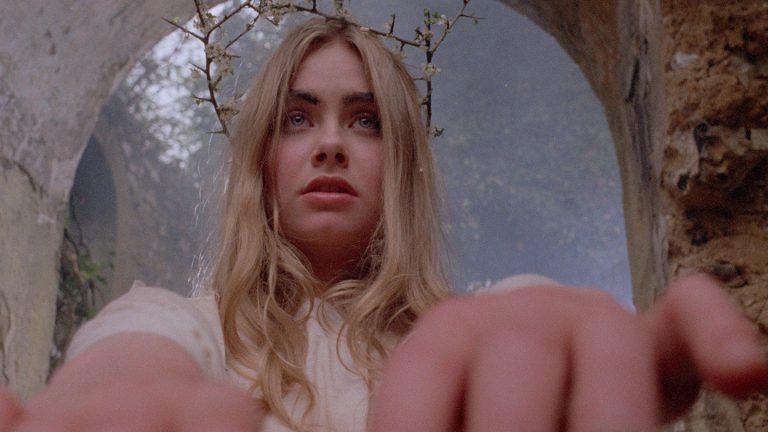
'Woodlands Dark and Days Bewitched: A History of Folk Horror' Review | SXSW 2021
After watching Midsommar (2019) recently, I’ve gone down quite the rabbit hole with folk horror and so I was really excited to watch Kier-La Janisse’s documentary. It’s a long doc (3 hours, 13 minutes) but to cover a topic as vast and interesting as folk horror, the run time doesn’t feel excessive.
Woodlands Dark and Days Bewitched contains many interviews with scholars on the topic, as well as some of the great folk horror filmmakers, including Robert Eggers, Piers Haggard, and one of my favourite directors, Mattie Do. The documentary begins in the 1960s focusing on the three seminal films that gave birth to folk horror: Witchfinder General (1968), The Blood On Satan’s Claw (1971), and The Wicker Man (1973). It looks at the long history of British and American films that explore the occult world and witchcraft.
The documentary does cover folk horror as it has developed around the world in the back third of the documentary; however, it is the one area of Woodlands Dark and Days Bewitched that I wish were fleshed out more. While I understand that the British and American roots are important to its history, folk horror has been around in South America, Africa, Asia, and Oceania for a long time with really interesting and compelling stories using mythologies indigenous to those regions. While the documentary was recounting the history in Britain and America, it would have been great to see how folk horror was developing in other parts of the globe in those same eras.
Janisse does a great job of weaving in the history of the time period and drawing parallels between societal sentiments of the day, the events that caused them, and the films that were made as a result of them. Woodlands Dark and Days Bewitched also brilliantly incorporates discussions of female empowerment and cultural appropriation and representation into the analysis of older films. In particular, the documentary looks at the re-claiming of the witchcraft narrative by women, the “Indian burial ground” trope, and the use of Voodoo throughout many folk horror movies.
If non-Indigenous people are going to be afraid of the Indian burial ground, then I’ve got some news for you: it’s all an Indian burial ground.
I really enjoyed Woodlands Dark and Days Bewitched — it gave me a deeper appreciation for the genre and has piqued my curiosity even more. In fact, over 200 films are referred to throughout the doc, giving audiences a lot of folk horror recommendations to dive into. Here are some films that I jotted down:
- The Dreaming (1988) — Mario Andreacchio, Australia
- Demon (2015) — Marcin Wrona, Poland
- La Llorona (1933) — Ramón Peón, Mexico
- The Demon (1963) — Brunello Rondi, Italy
- The Juniper Tree (1990) — Nietzchka Keene, Iceland
- Nang Nak (1999) — Nonzee Nimibutr, Thailand
Rating: 4/5
Recommended for: horror film enthusiasts and film history buffs
Post a comment